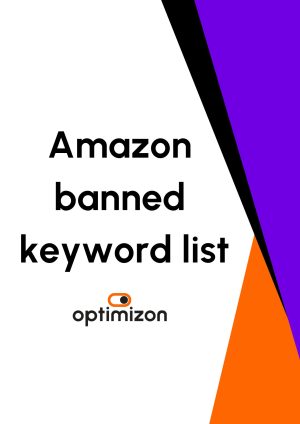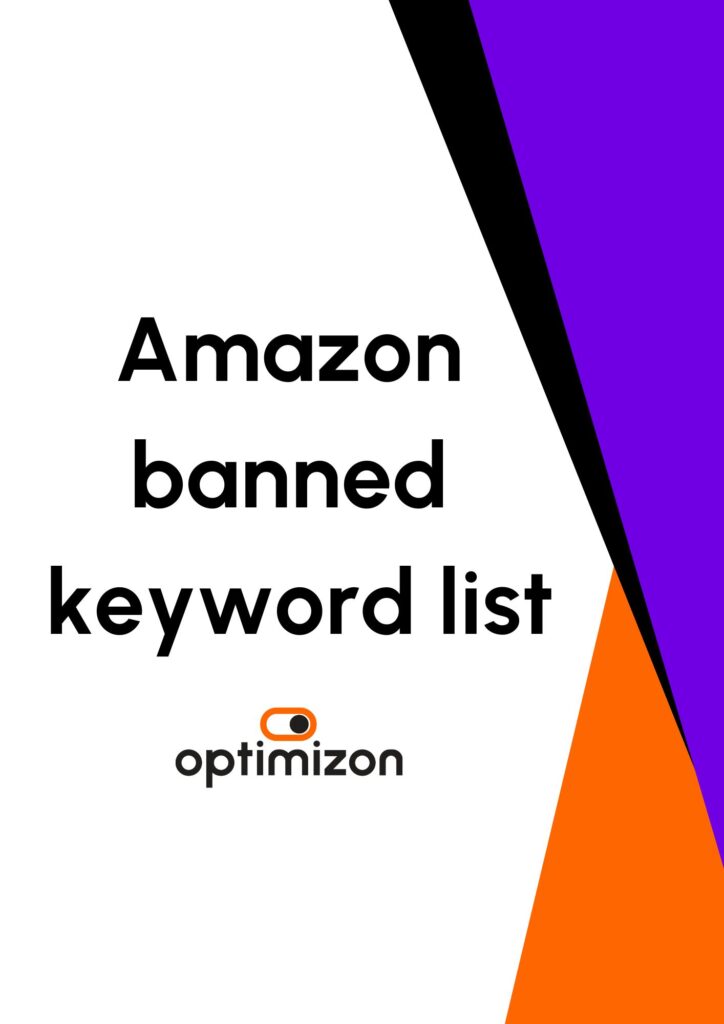In today’s digital age, the world of commerce has expanded beyond traditional brick-and-mortar stores. With the rise of e-commerce, brands have a plethora of online marketplaces to choose from when it comes to selling their food and beverage products. Particularly for products like pet food or bulk beverages, online shopping offers significant advantages, with round-the-clock accessibility and doorstep delivery catering to the needs of busy professionals and families seeking to avoid crowded stores.
Despite its small stature within the broader e-commerce landscape, the food market boasts impressive global revenues, reaching US$330.4 billion in 2023. Dominated by key players in regions such as the United States, China, and Europe, which collectively account for approximately 75% of the market share, the industry is characterised by substantial regional variations.
Data Insight: China leads the pack with revenues of US$119.9 billion, closely followed by the United States with US$89.38 billion. In Europe, the UK emerges as the largest market, with Tesco, a UK-based retailer, capitalising on the nation’s robust adoption of online grocery shopping.
As e-commerce continues to reshape the food market, these trends underscore the growing importance of digital platforms in meeting consumer demand for convenience and accessibility.
However, deciding which marketplace to invest in can be a daunting task. Should you go for the largest customer base on Amazon, the convenience of Walmart Grocery, the global reach of eWorldTrade, or the world’s largest dedicated online supermarket, Ocado? Let’s delve into some of the top marketplaces and explore how brands can make an informed decision.
Amazon
Amazon Pantry stands out as a segment of the e-commerce giant Amazon, offering a vast array of food and beverage items. With its unparalleled customer base and efficient delivery options, Amazon Pantry provides brands with extensive reach and exposure. However, it’s essential to note that selling on Amazon can be pricey.
Walmart
On the other hand, Walmart Grocery, the online grocery shopping platform of the retail giant Walmart, presents an attractive option for brands selling in the US seeking affordability and quality. With its competitive pricing and same-day delivery options, Walmart Grocery ensures convenience for customers while offering brands a platform to showcase their products.
eWorldTrade
For businesses looking to tap into global markets, eWorldTrade emerges as a compelling choice. As a comprehensive B2B marketplace, eWorldTrade facilitates international trade, connecting buyers and sellers worldwide. With its focus on authenticity, reliability, and secure payment options, eWorldTrade provides brands with access to a diverse customer base and streamlined transactions.
Ocado
The UK grocery market is valued at £190 billion, with Ocado leading the online grocery revolution as the world’s largest dedicated online supermarket. Stocking over 50,000 products, including major brands, M&S food, and Ocado Own Label items, Ocado offers a vast selection.
Ocado’s model bypasses traditional shelf space, allowing smaller, independent suppliers to feature prominently. It also supports these suppliers with haulage arrangements.
Ocado’s delivery service reaches over 74% of the UK, with more than 97% of orders arriving accurately and on time, ensuring freshness and minimal substitutes. Managed by Brandbank, Ocado’s digital content platform allows sellers to upload product details and high-resolution images, helping products stand out.
Tesco Marketplace
Tesco has officially launched its online marketplace, enhancing its e-commerce platform with thousands of third-party products in addition to groceries. This new feature aims to make Tesco.com “a one-stop shop for everything customers need”. The marketplace debuts with 9,000 products across various categories, including DIY, garden, homeware, pet care, and toys. Tesco promises a seamless shopping experience where customers can easily add items to their basket and have them delivered by post or courier at a convenient time.
So, how can brands decide which marketplace is the right fit for their FMCG products? The key lies in conducting thorough research and understanding their target audience’s preferences and shopping habits. If operating on a limited budget, it may be wise to focus on one or two marketplaces initially, rather than spreading resources thin across multiple channels. Consider factors such as customer demographics, competitive landscape, and platform fees to make an informed decision.
Ultimately, creating a robust marketplace strategy is crucial for brands to maximise their online presence and drive sales. By carefully evaluating their options and tailoring their approach to suit their business objectives, brands can navigate the dynamic landscape of e-commerce and position themselves for success in the food and beverage market.





